DialogueOfCameras | “Hard link” and “heart link”: Visual journey on …

BEIJING, April 22 (Xinhua) -- On April 13, the China-Laos Railway officially began its cross-border passenger service. Including time spent in customs clearance, a one-way rail journey from Kunming to Vientiane now takes only 10.5 hours, which further facilitates travel between China and Laos.
Our photographers took a train from Kunming to Vientiane, and another one for the return trip. We invite you to join them on a visual journey along the China-Laos Railway.
On the day the train services were launched, traditional ethnic dance performances were held by railway staff members at both Kunming South Railway Station and Vientiane Station for the passengers.
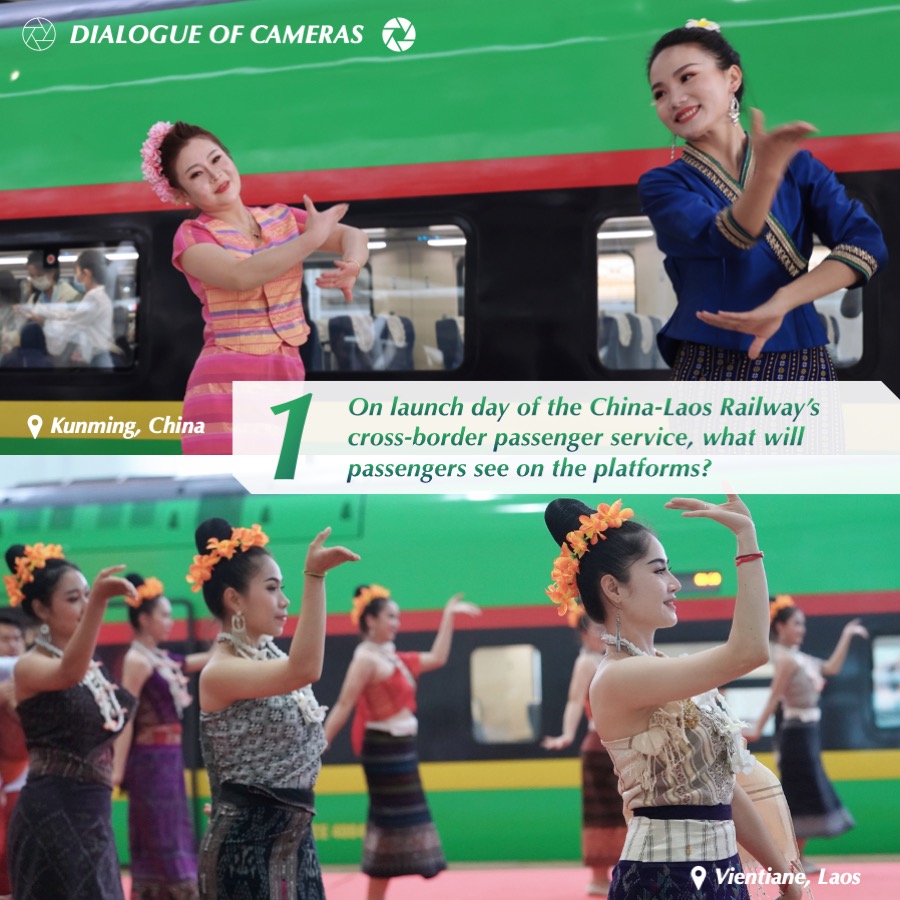
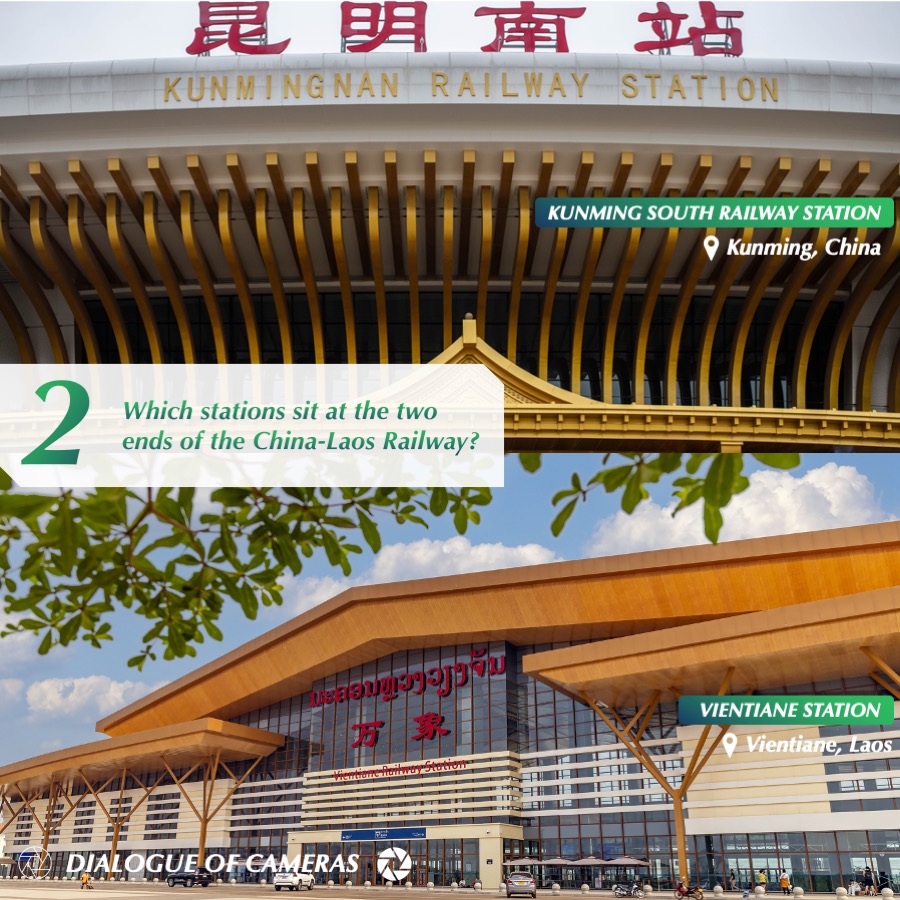
"Fuxing" and "Lane Xang" are the names of bullet trains departing from China and Laos, respectively.
Despite sharing the same technical specifications, they have different appearances.

Zhao Yingjing is the conductor on a "Fuxing" bullet train from Kunming to Vientiane. She described the China-Laos railway as a "heartwarming, friendly, and open road." As passengers journey along the railway, they too could sense this same warmth, friendship, and openness throughout the entire trip.
The China-Laos Railway stretches 1,035 kilometers from Kunming, China in the north to Vientiane, Laos in the south. The two countries share a long history of being close neighbors.
The high-speed rail line has achieved a modern "handshake" between the plateau areas of southwest China and the Indochina Peninsula. Centuries ago, a similar "handshake" happened along the ancient Tea Horse Road, which had linked the two regions with bustling trade on caravans.
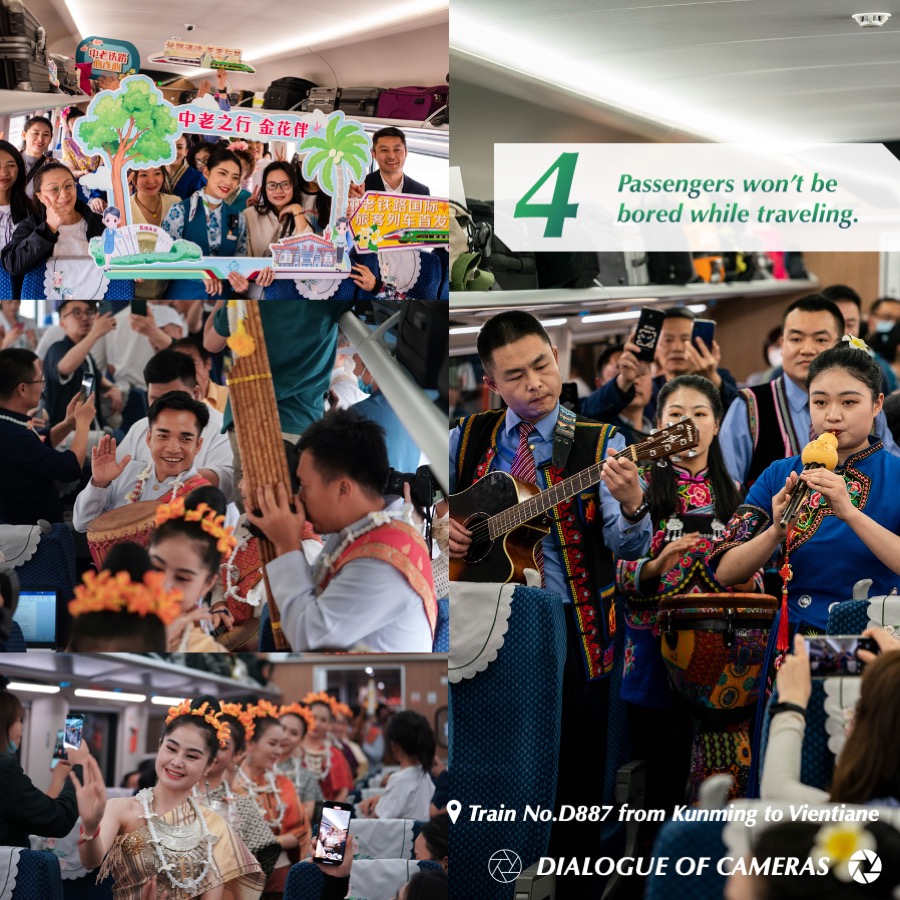
Some passengers still recall exhausting bus trips to Vientiane when high-speed trains were not available.
A typical bus journey on winding mountain roads took 27-28 hours one-way. Now, same-day travel between Kunming and Vientiane has become a reality, making the journey much more convenient and comfortable.
Railways provide a physical connection as well as an emotional bond. Wu Jinghao works in management at Vientiane Station, while his wife Wang Wenxia is an engineer at Kunming South Railway Station.
In the past few years, the couple had seldom had the opportunity to see each other.
However, the railway connection between Kunming and Vientiane makes it easier for the couple to overcome the barrier of distance.
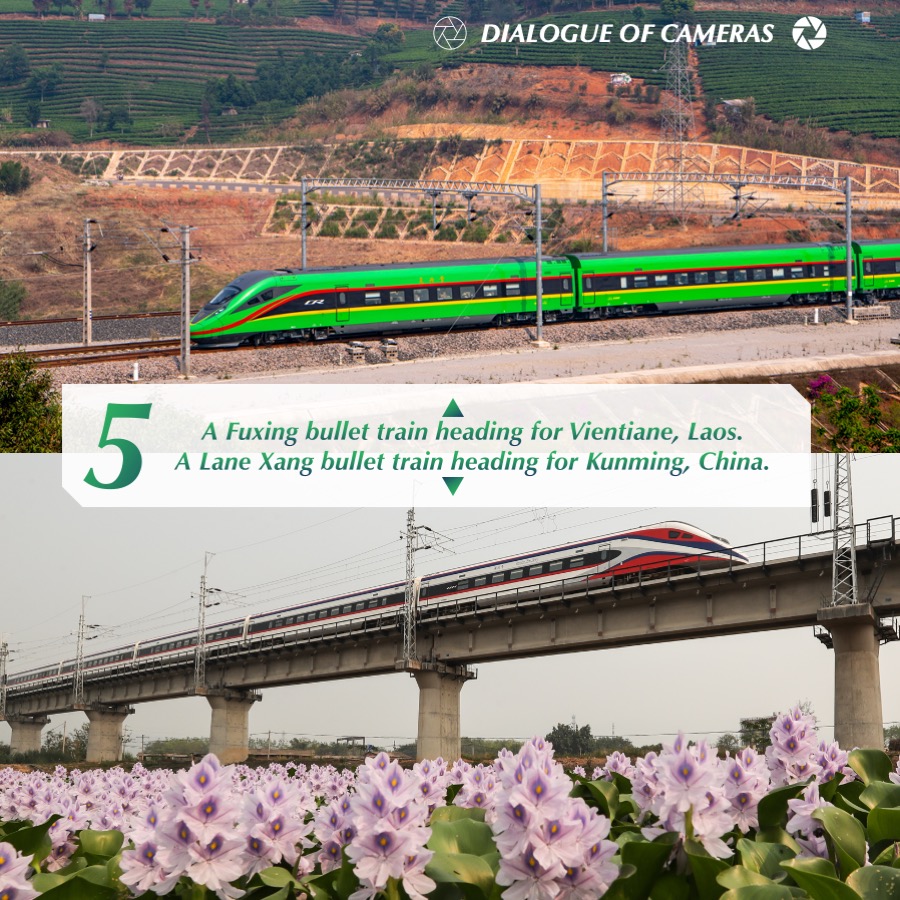
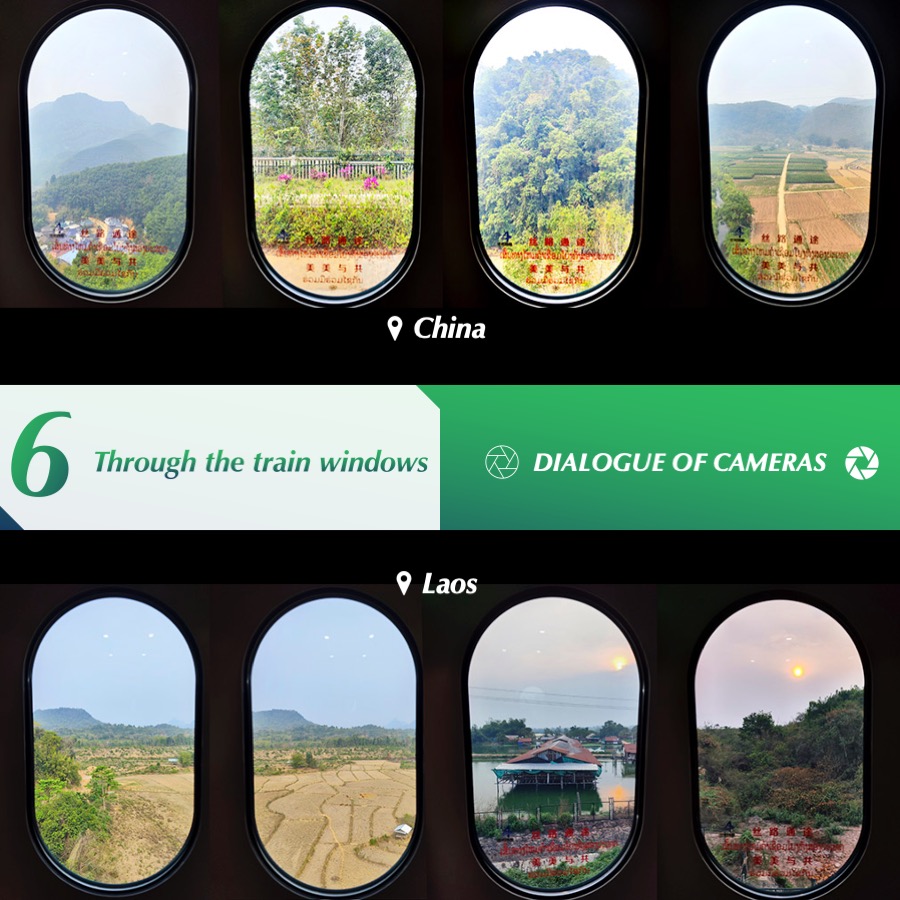
The "hard link" of railway also creates a "heart link" between the people of China and Laos.
Civil and cultural exchanges become closer than ever with a simple train trip from Kunming to Vientiane and the other way round.

The launch of the cross-border passenger service of the China-Laos Railway, a major part of the trans-Asian railway network, has been hailed as a historic event for Laos, as the landlocked country has realized its dream of becoming a land-linked hub in the region and beyond.
The railway will now become a "golden key" for Laos to connect with China and other members of the Association of Southeast Asian Nations (ASEAN), which will greatly benefit the China-ASEAN Free Trade Area and the Greater Mekong Subregion Economic Cooperation.

Planners: Wang Jianhua, Zhang Chongfang & Wang Changshan
Coordinators: Wu Wei, Xing Guangli & Wang Qingqin
Photographers: Wang Changshan, Xing Guangli, Jiang Wenyao, Hu Chao, Shan Yuqi, Yang Yongquan, Chen Chang & Kaikeo Saiyasane
Visual designer: Li Mangmang
Editors: Li Mangmang, Sun Ruibo, Wang Siwei, Wang Zecong, Zhang Liqing, Xu Rui & Dai Tianfang?